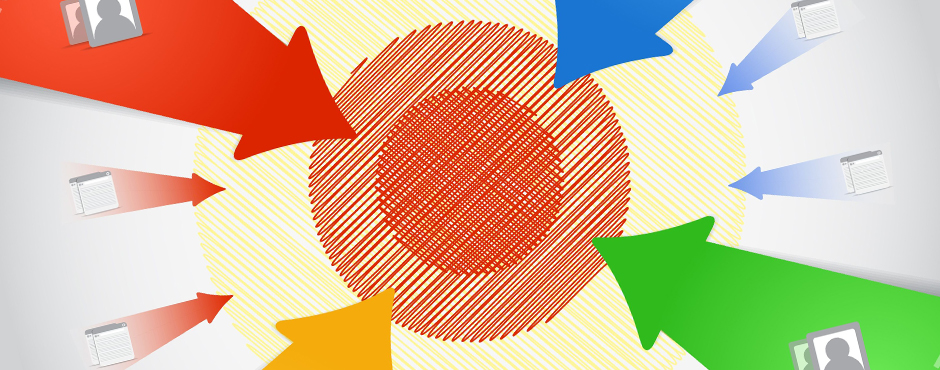The rise of social media has brought about many advantages: instantaneous and constant communication; the humanization of brands and stronger relationships with customers.
However, it all comes at a price, mainly the diminishing attention span of users. Social media creates a constant feed of information virtually 24/7, resulting in people spending less time engaged in your content – if they even read it at all.
So how does one make sure that not only does important information reach the intended audience, but that it also gets absorbed?
It’s funny how everything old is new. Social Media content has taken “a page” from traditional print. Remember how newspapers were very rudimentary in layout and content was “the star”, making for a very text heavy presentation. Well, here we are once again.
Social media is becoming increasingly more visual and that means if you want your content to be read, you need to make it visually appealing.
Moving away from being text heavy, Twitter has a limit on the number of characters a message can have as well as allowing for postings of photos. After all a picture is worth a thousand words! Taking that adage to the max is Instagram, a photo-sharing platform in which users take photos, apply a filter and share it to their other social media accounts. Then there’s Pinterest, a virtual pin board that allows users to “pin” photos of things they find interesting and share with others for inspiration.
Making numbers and dry data interesting is easier said than done. One way do that is to use infographics. Infographics are visual representations of data and yes, they too have been around for a long time, just not called as such. Chances are you’ve used infographics long before venturing into social media. Maps, diagrams and charts are all examples.
So why now are infographics gaining popularity?
First of all, with the rise of social media, people don’t want to dig to find the relevant information. Infographics can streamline what needs to be known in a concise and easy to read manner. At the risk of repeating myself, the attention span of audiences is lessening by the second!
Secondly, infographics can take information that, while important, might be boring and transform it into something that is eye catching and visually appealing. With a whole spectrum of symbols, characters and colours to use, what once was boring can be made fun. By using those elements, the creator of the infographic not only catches the eye of the reader, but directs them where to look, helping ensure the information is read.
For example
This is an infographic taken from www.timeout.com. It provides interesting stats on the Olympic and Paralympic games through recognizable symbols, colours and limited text. If the information were presented written in a black and white article, people might not care, but through the use of infograhpics the information has suddenly become quirky and worth a second look.
How can brands leverage infographics to their benefit?
Brands can use infographics to tell their story. Through statistical graphs and charts brands can show how the brand has grown and the direction in which it is evolving.
Brands can also use infographics to assist in developing or establishing a persona. The images, characters and colours used will all have connotations and those choices directly reflect the brand.
Lastly, brands need to put their infographics out into the world. The whole point is to make the information easy to understand and absorb quickly, making it ideal for sharing. Being easy to read and understand, visually appealing and fun are all characteristics that help generate engagement and propel brands. The greater the impression an infographic makes on a reader, the greater the likelihood of the reader sharing it with others on social media networks such as Twitter, Facebook and Pinterest– that’s what social media is all about after all.
Just like having a brand and not advertising it…. It doesn’t matter how great an infographic is, if it’s not posted to social media, it’s not worth anything.
What has your experience with infographics been? Do you think they are here to stay or a fleeting trend?


